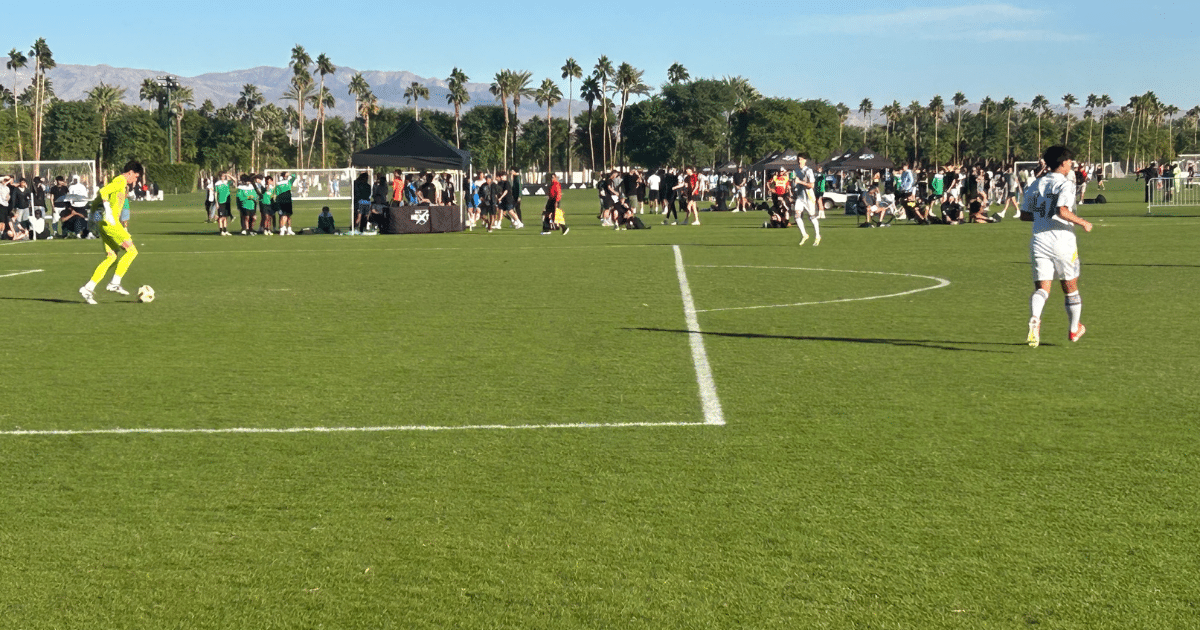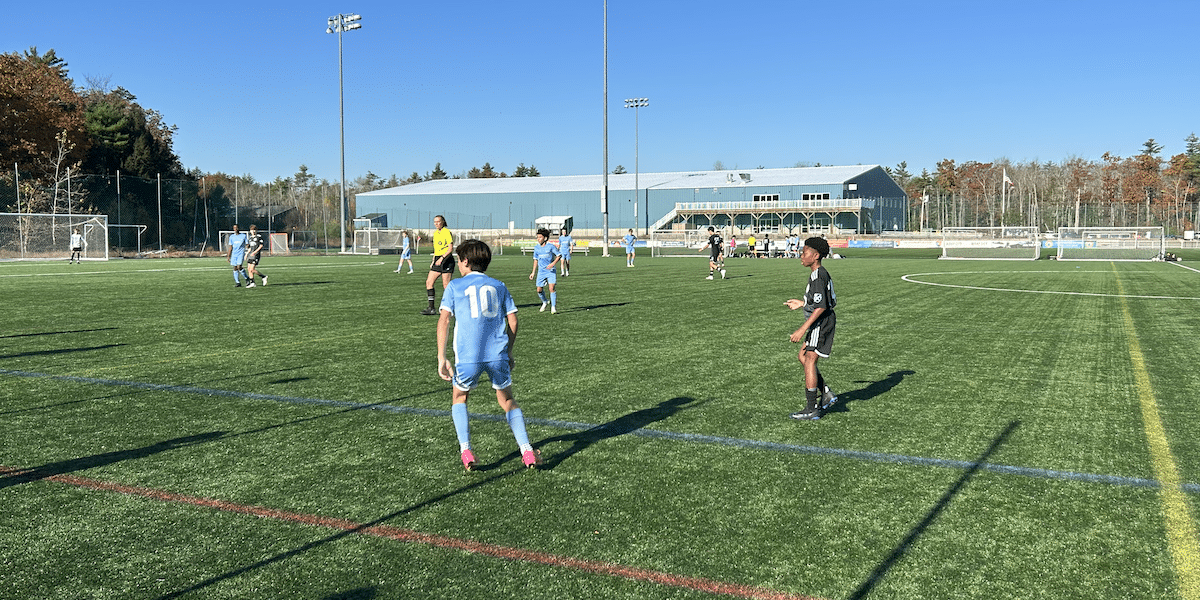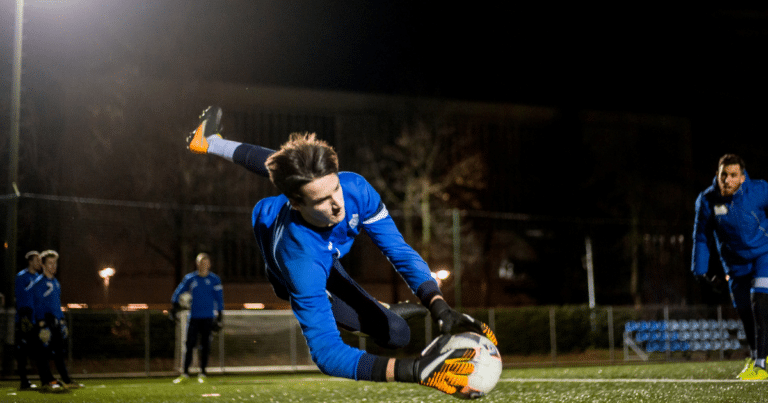The Art of Clearances

When the pressure’s on and danger lurks near your goal, a well-executed clearance can be the difference between a close call and a devastating goal.
TL;DR:
What Makes a Good Clearance?
Think of a clearance as your team’s emergency exit button.
It’s not just about blindly kicking the ball away – it’s about making a split-second decision to remove immediate danger while potentially setting up your team for a counterattack.
Types of Clearances That Can Save Your Game
While many coaches encourage the traditional “boot it upfield” approach, I believe the most effective clearances are those that keep possession within your team.
Let’s break down your options:
- Boot Clearance: The classic “when in doubt, kick it out” approach
- Header Clearance: For the brave souls that need to get a ball out that’s in the air
- Volley Clearance: The stylish way to clear danger
- Slide Tackle Clearance: The last resort that can either make you a hero or earn you a card
When Should You Clear the Ball?

The best defenders aren’t those who clear the most balls – they’re the ones who know exactly when a clearance is necessary versus when they have time to make a controlled pass.
High-pressure situations that usually call for clearances include:
- When attackers are swarming your penalty area
- During chaotic corner kicks
- When your goalkeeper needs immediate pressure relief
- When multiple opponents are closing in fast
The Rookie Mistakes That Could Cost You the Game
The most common clearance blunders often come from overthinking or poor execution. Here’s what to watch out for:
- The “Too Much Power” Problem: When you send the ball into orbit
- The “Straight Up the Middle” Mistake: Practically gifting possession back to the opponents
- The “Hesitation Horror”: When indecision between clearing and passing leads to disaster
Making Better Clearance Decisions
Success in clearances comes down to quick, confident decision-making. Once you decide to clear the ball, commit to it fully – hesitation is your enemy in defensive situations.
The smart defender uses the sidelines as an extra teammate during clearances, aiming their kicks toward the touchlines rather than central areas where opponents can quickly regroup.
Remember: A good clearance isn’t just about getting rid of the ball – it’s about making a defensive play that could potentially start your team’s next attack.

Written By: SoccerNovo
SoccerNovo is an independent youth soccer media brand built to help parents, players, and coaches better understand the game and the pathways available in U.S. soccer. Our mission is to make youth soccer simpler, clearer, and more accessible for everyone involved in it.
Let’s connect



